How Multi-Standard IoT Communications are Enabled by ConcurrentConnect Technology: A Video Demo
April 27, 2022
The proliferation of IoT devices and communication protocols in a smart home network has created a difficult challenge for engineers and network architects. Keeping network activities coordinated between many standards while minimizing latency has become more complex. Here are excerpts from our video demonstrating Qorvo's ConcurrentConnect™ technology work on the QPG6100 – a smart home communications controller that improves connection speed among wireless devices in the home environment.
Taking Multiprotocol Support to the Next Level
Although many IoT devices in the smart home include support for multiple protocols, most rely on time division multiplexing for communication. Time division multiplexing (TDM) is a communications process that transmits two or more streaming digital signals over a common channel. This works well for a minimum number of devices, but in more complex home networks, the inherent latency and potential for dropped communications create problems. As shown in Figure 1, multiple devices competing simultaneously for a slice of communication time can disrupt network activity.
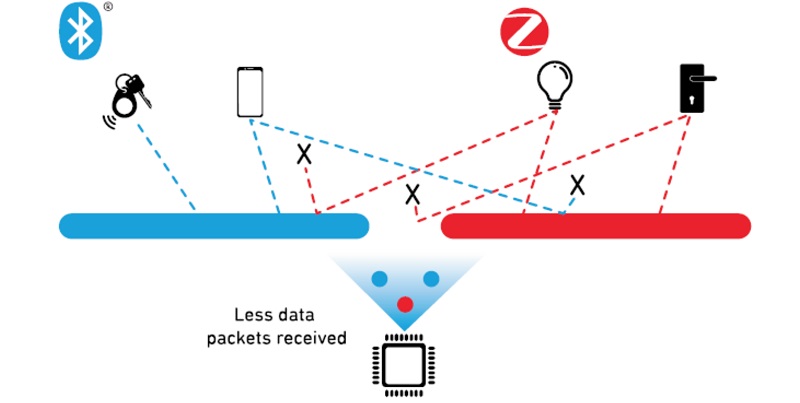
Figure 1: Time division multiplexing can result in packet loss and a lack of consistent communication across the network.
Unifying Network Communication with ConcurrentConnect™ Technology
Qorvo ConcurrentConnect technology employs a unique approach to ensure reliable communication. It enables fluid, continuous communication across IoT devices, regardless of the protocols in use, as shown in Figure 2.
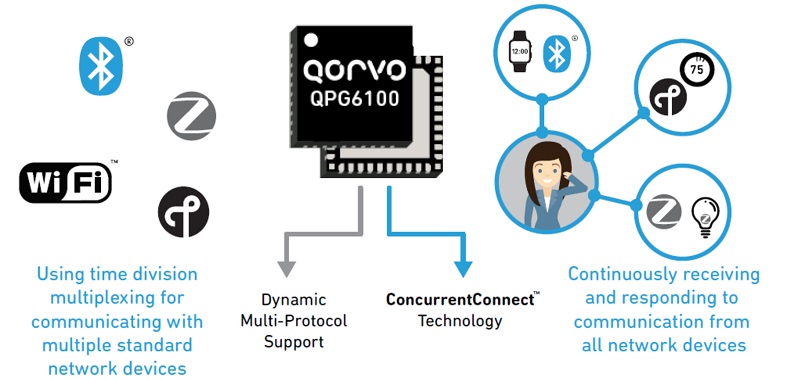
Figure 2: QPG6100 enables ConcurrentConnect technology.
Demonstrating QPG6100 Capabilities with a Sample Lighting Application
To illustrate the technology benefits with an out-of-the-box example, Qorvo used the sample lighting application from the QPG6100 development kit. Two networks — one Zigbee and another Bluetooth® mesh — simultaneously control red and blue LED light strips.
The red-light strip — representing Zigbee activities — is controlled using voice commands through an Amazon Echo device. The blue light strip is switch controlled through another QPG6100 board connected to the Bluetooth network.
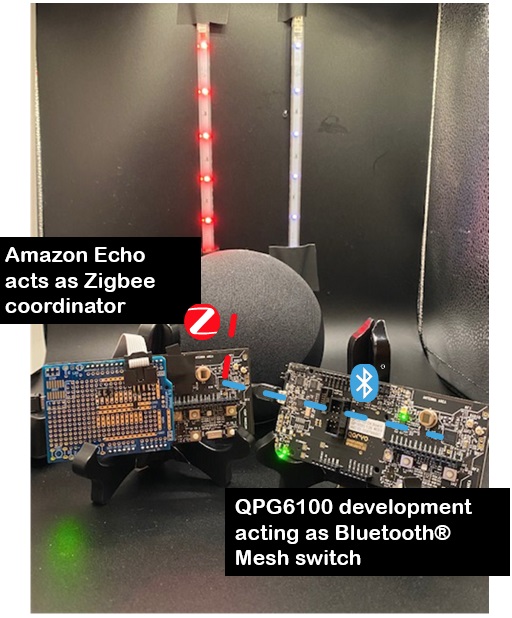
Figure 3: The two networks are performing different lighting tasks on different networks. The red light strip (left side) is controlled by voice commands through the Amazon Echo and the blue light strip (right side) is switch controlled by the QPG6100 board connected to the Bluetooth mesh network.
Eliminating Visible Latency when Controlling Lighting
In this lighting example demonstration, the voice commands to Alexa to turn the red-light strip on and off are processed at the same time the switch control turns the blue light strip on and off. As shown in this live video demonstration, these actions are carried out concurrently with no visible delays.
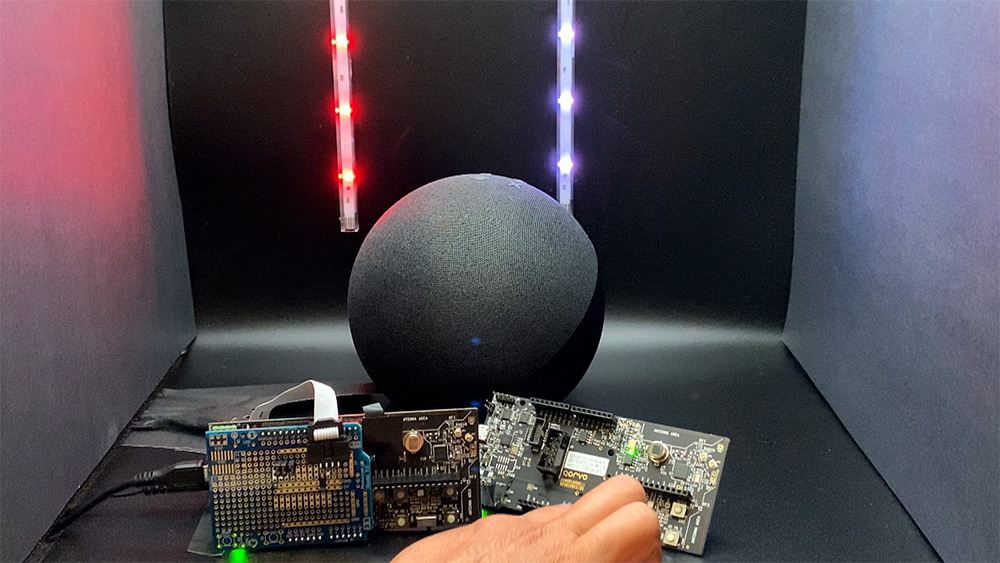
Figure 4: Blue and red-light strips can be controlled concurrently across the two networks without noticeable delays.
Even though Zigbee and Bluetooth mesh rely on asynchronous communication, low-latency network communication occurs with near real-time responsiveness. The capabilities of ConcurrentConnect technology make this possible by continuously listening for and receiving packets on both networks while responding to IoT devices promptly.
Creating a New Generation of Use Cases
This level of interoperability enables effective control over a wide range of IoT devices. For example, an appliance running on a Matter network, a Zigbee-powered voice assistant, or a Bluetooth node can be controlled without sacrificing responsiveness. Dynamic multi-protocol support is not as effective at handling multiple devices across a complex home network.
As shown in Figure 5, the use cases encountered in today's wireless and wired environment can encompass every room in a home and also extend to connections across gateways to the cloud.
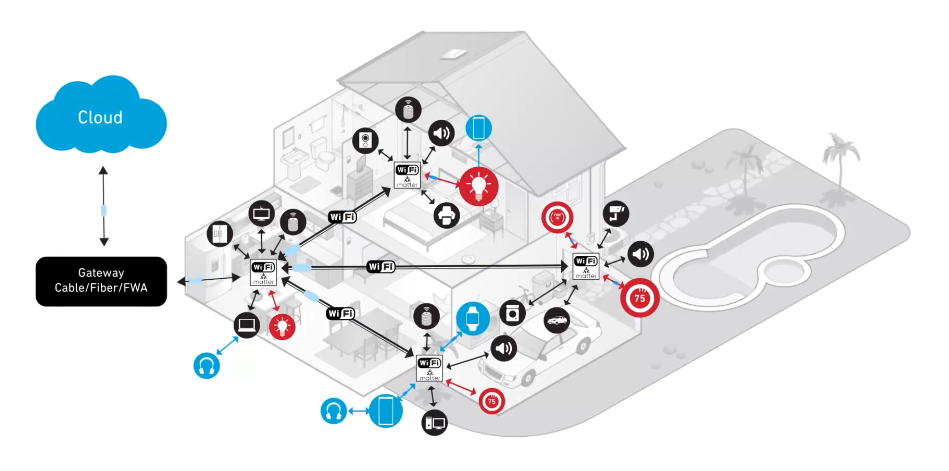
Figure 5: A smart home network with a broad mix of protocols and devices.
Launch Applications Quickly with the QPG6100 Development Kit
The Qorvo QPG6100 Development Kit (DK) offers a streamlined way for developing IoT products that operate in a multi-standard environment. Supporting Dynamic Multi-Protocol and ConcurrentConnect technology, the DK enables RF performance consistently and efficiently. Designed to quickly advance product designs based on the Qorvo QPG6100 Smart Home Communications Controller, the kit includes three development boards for integrating the QPG6100 into projects featuring peripherals, LEDs, buttons, and power supplies. A programming and debugging interface is part of the kit as well.
A reference application provides a starting point for building a concurrent Zigbee router and Bluetooth Mesh smart light application. Several other sample applications are included for controlling many different smart home devices.
ConcurrentConnect technology can resolve the diverse challenges of maintaining communication across multi-protocol home networks and the QPG6100 DK unlocks these opportunities for developers and system designers. More details can be found in the QPG6100 Development Kit product brief.
For more resources focused on tackling difficult design challenges, visit the Qorvo Design Hub for a rich assortment of videos, blog articles, white papers, tools, and more.
The Bluetooth® word mark and logos are registered trademarks owned by Bluetooth SIG, Inc., and any use of such marks by Qorvo US, Inc. is under license. Other trademarks and trade names are those of their respective owners.
Have another topic that you would like Qorvo experts to cover? Email your suggestions to the Qorvo Blog team and it could be featured in an upcoming post. Please include your contact information in the body of the email.